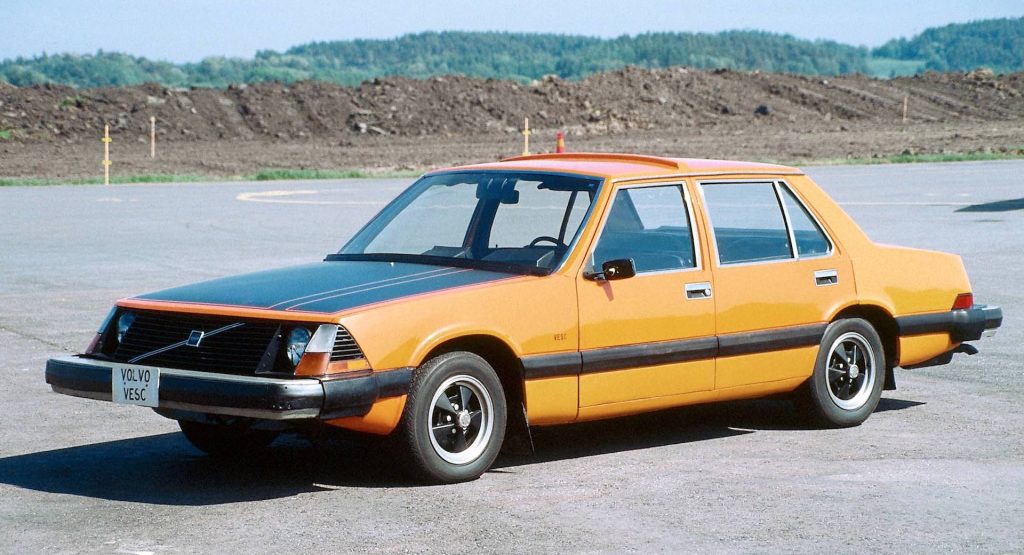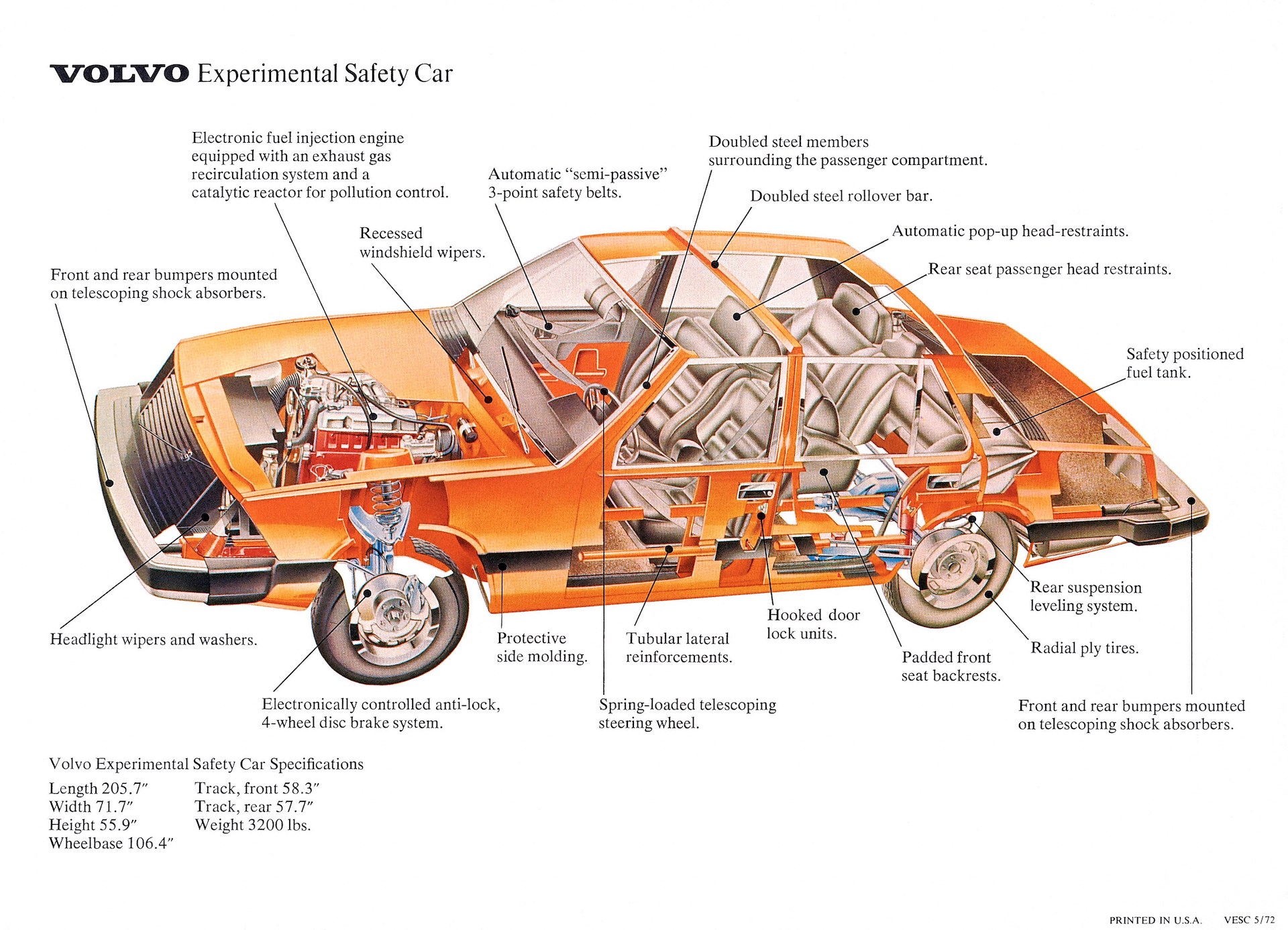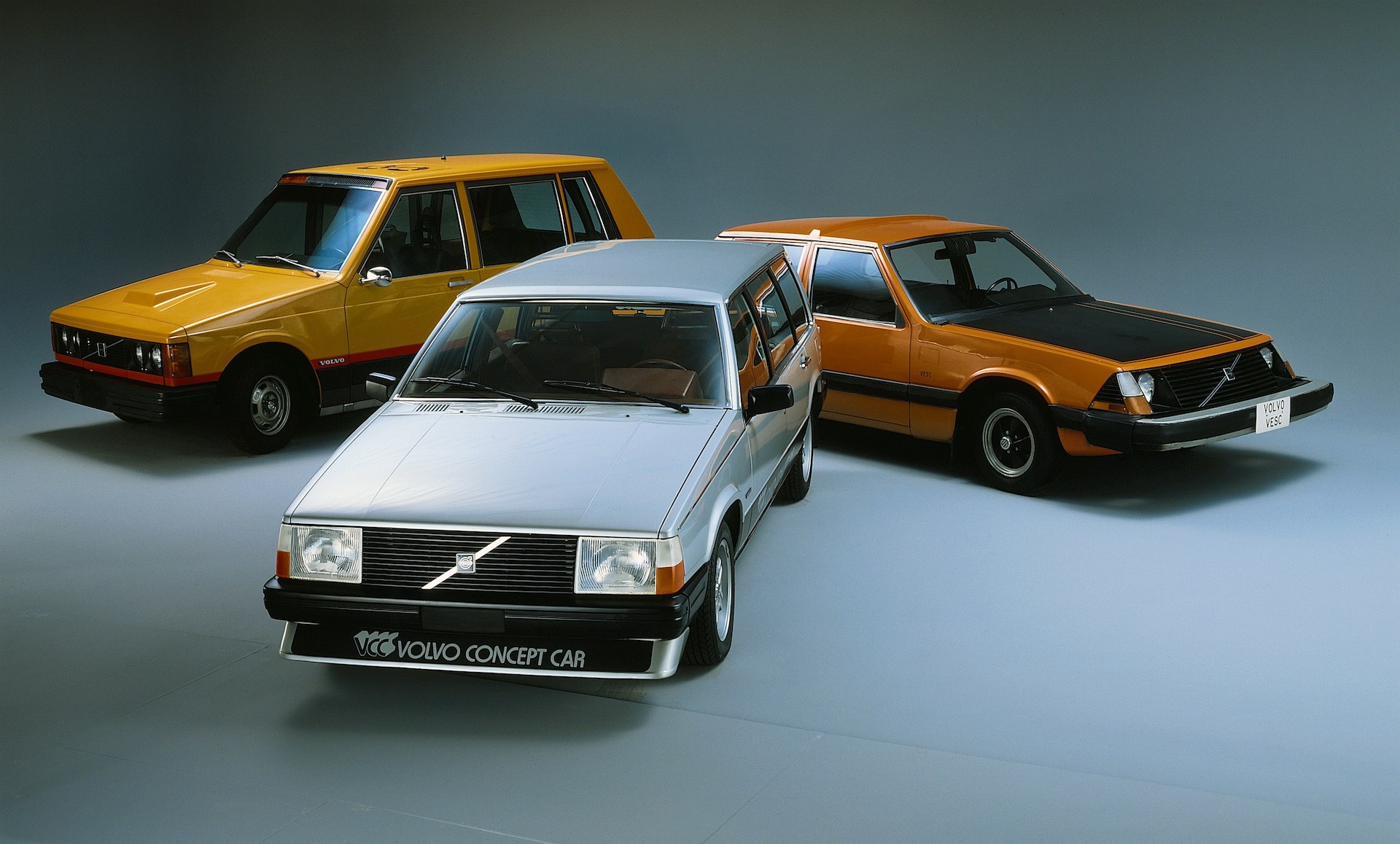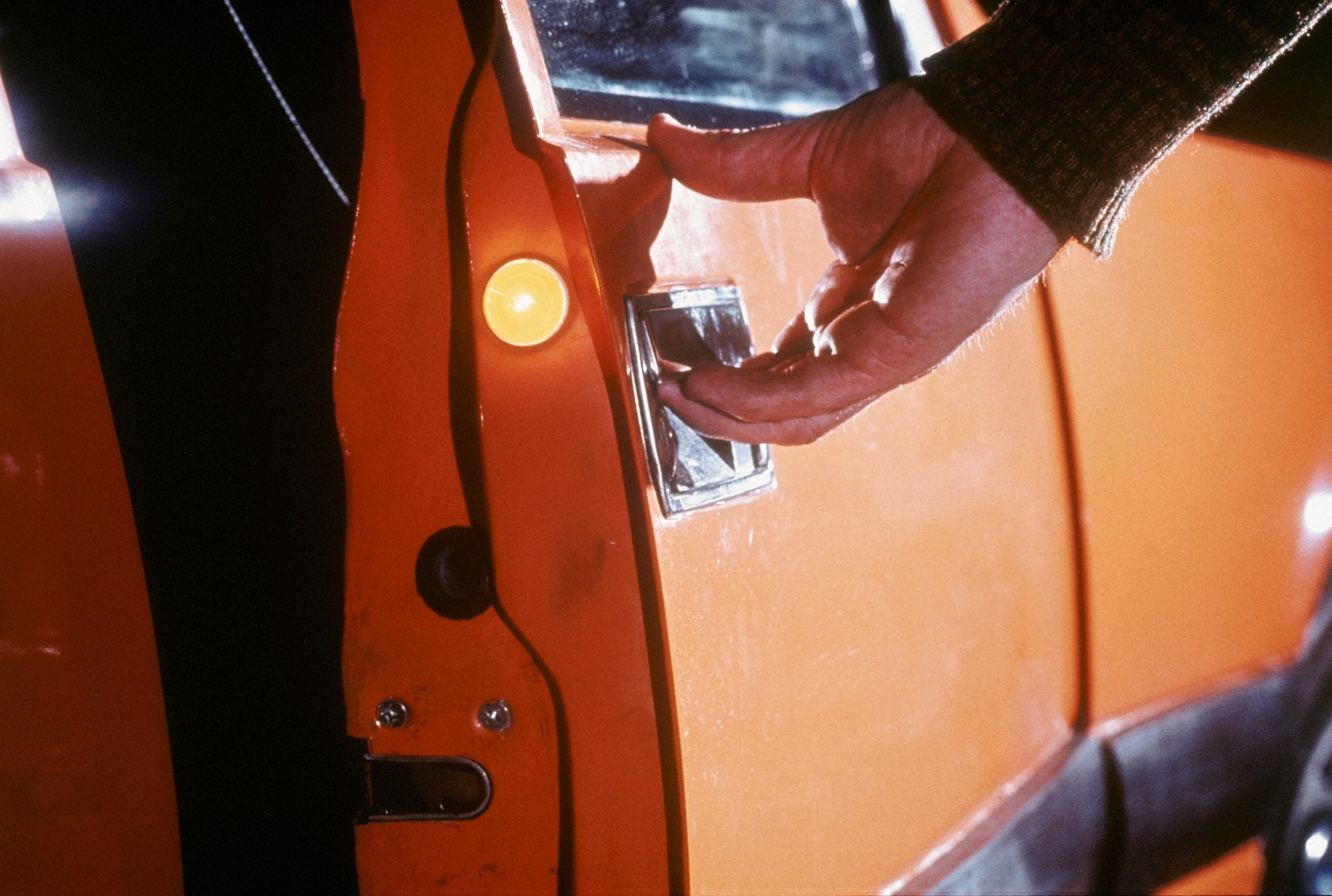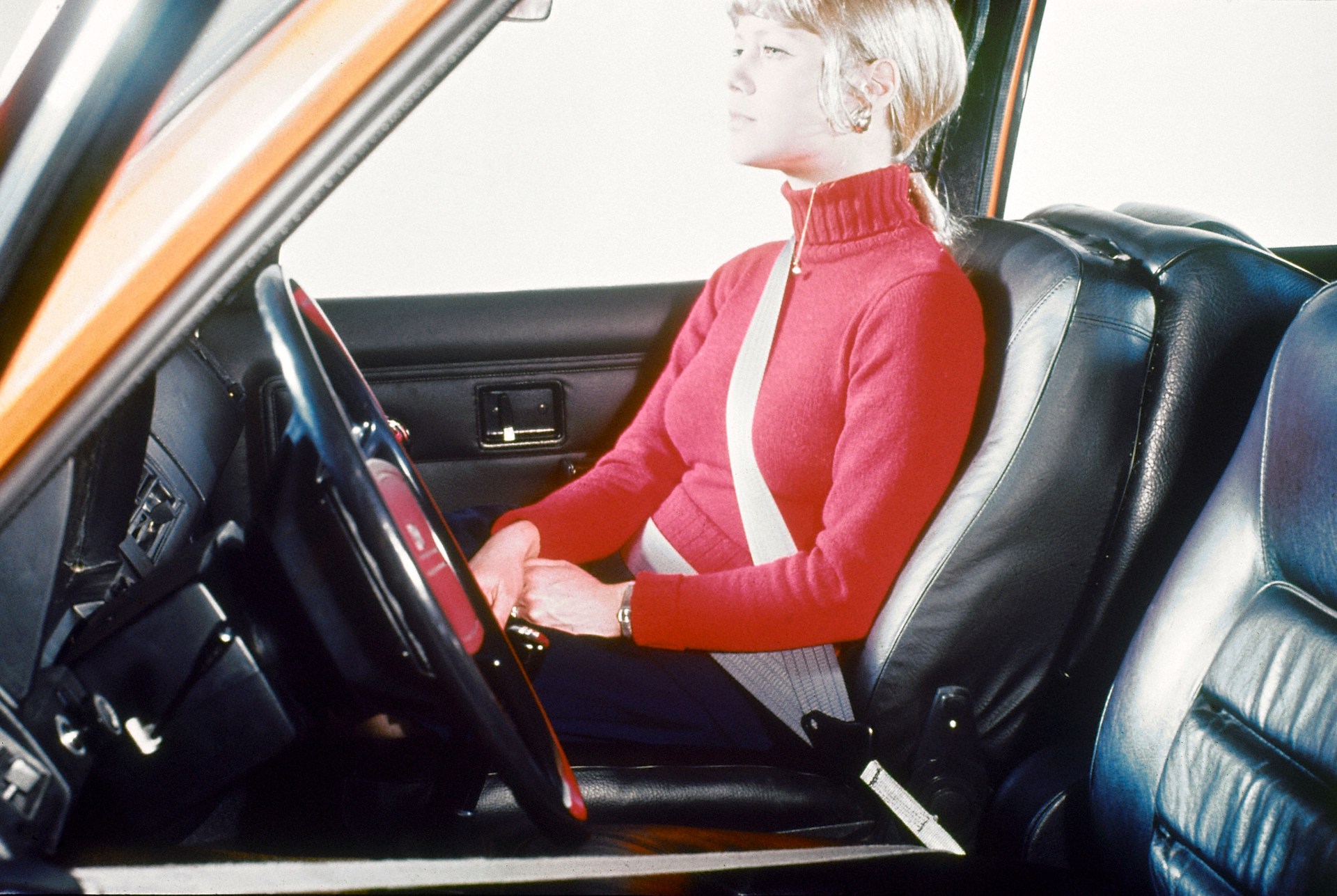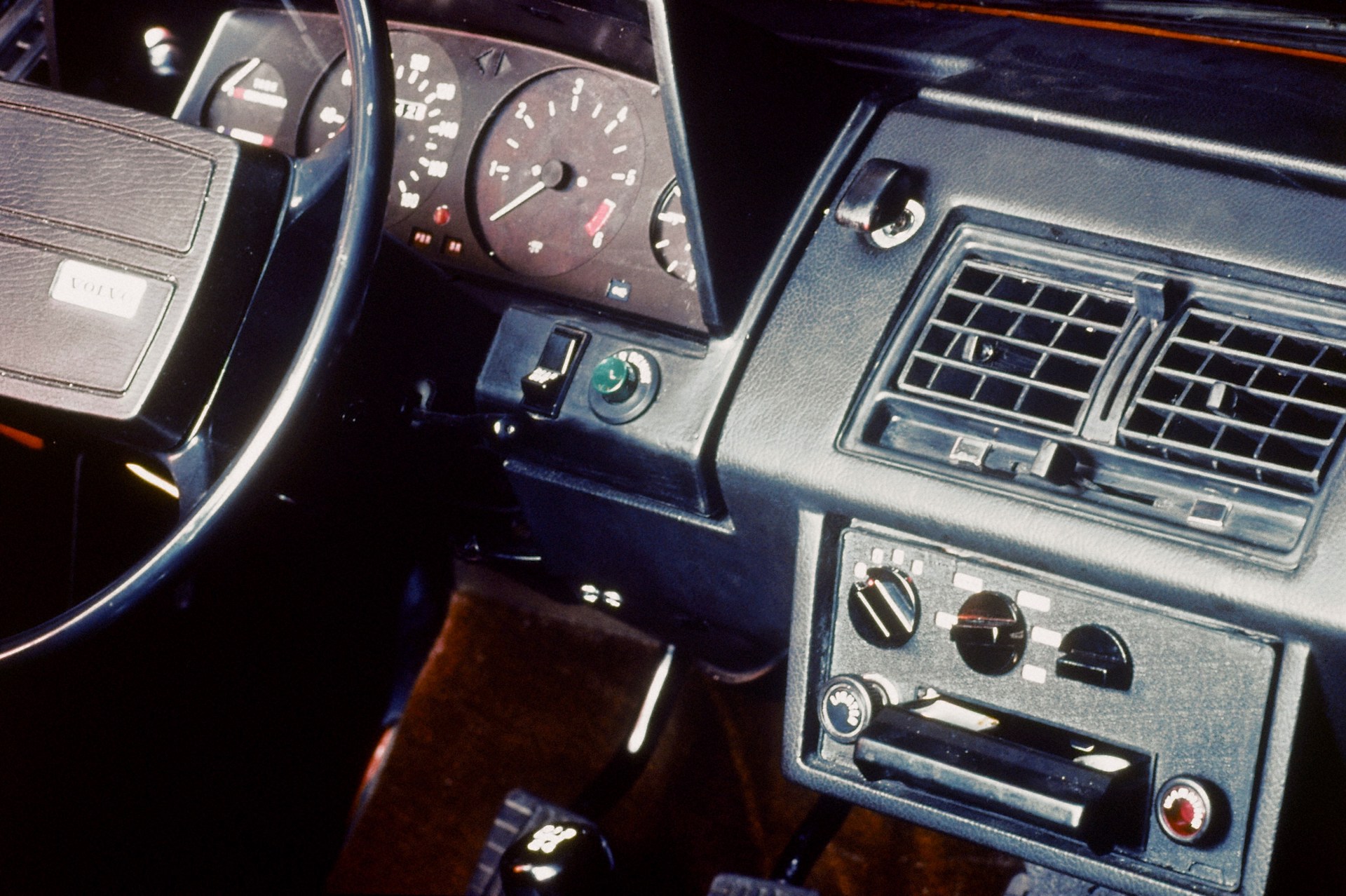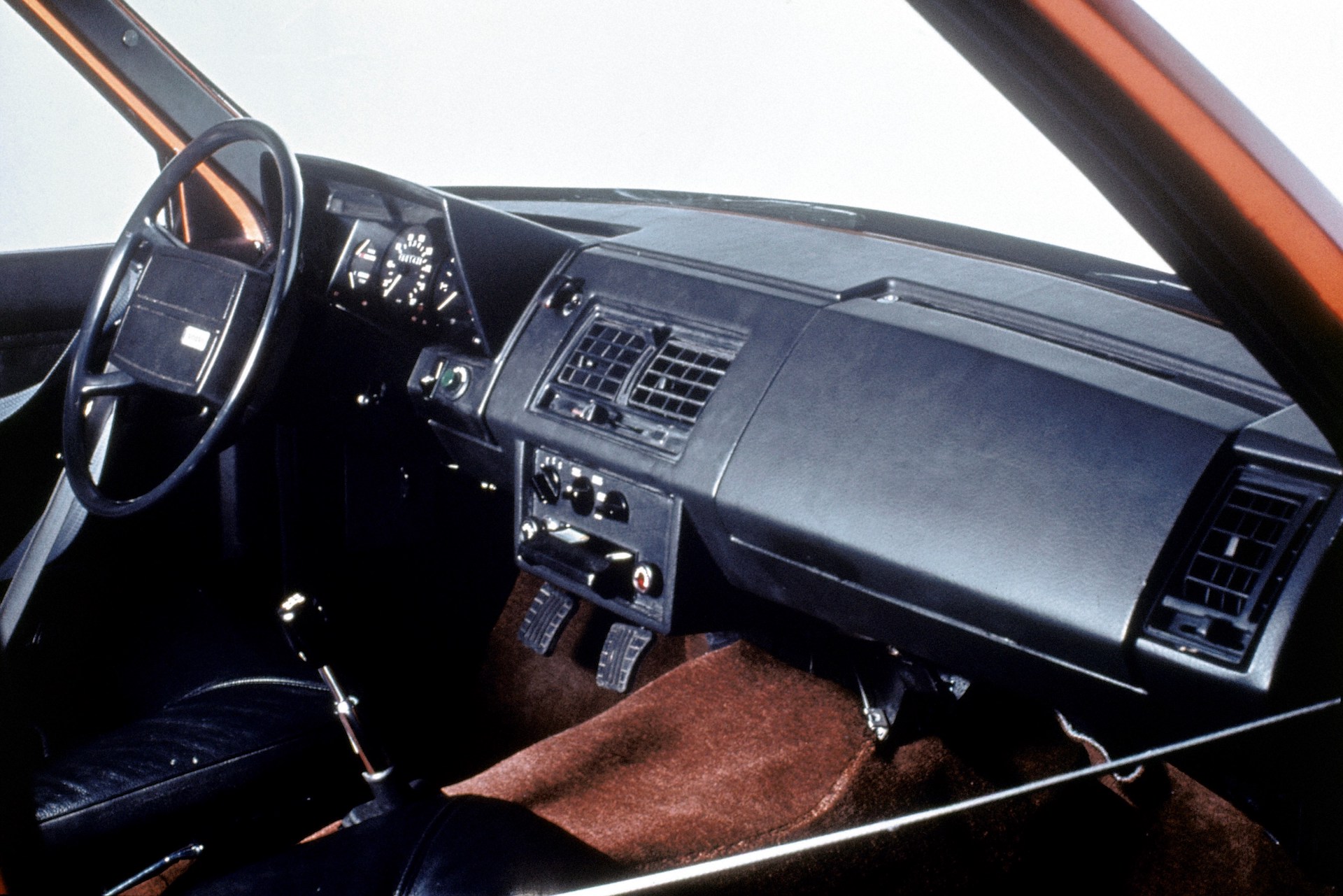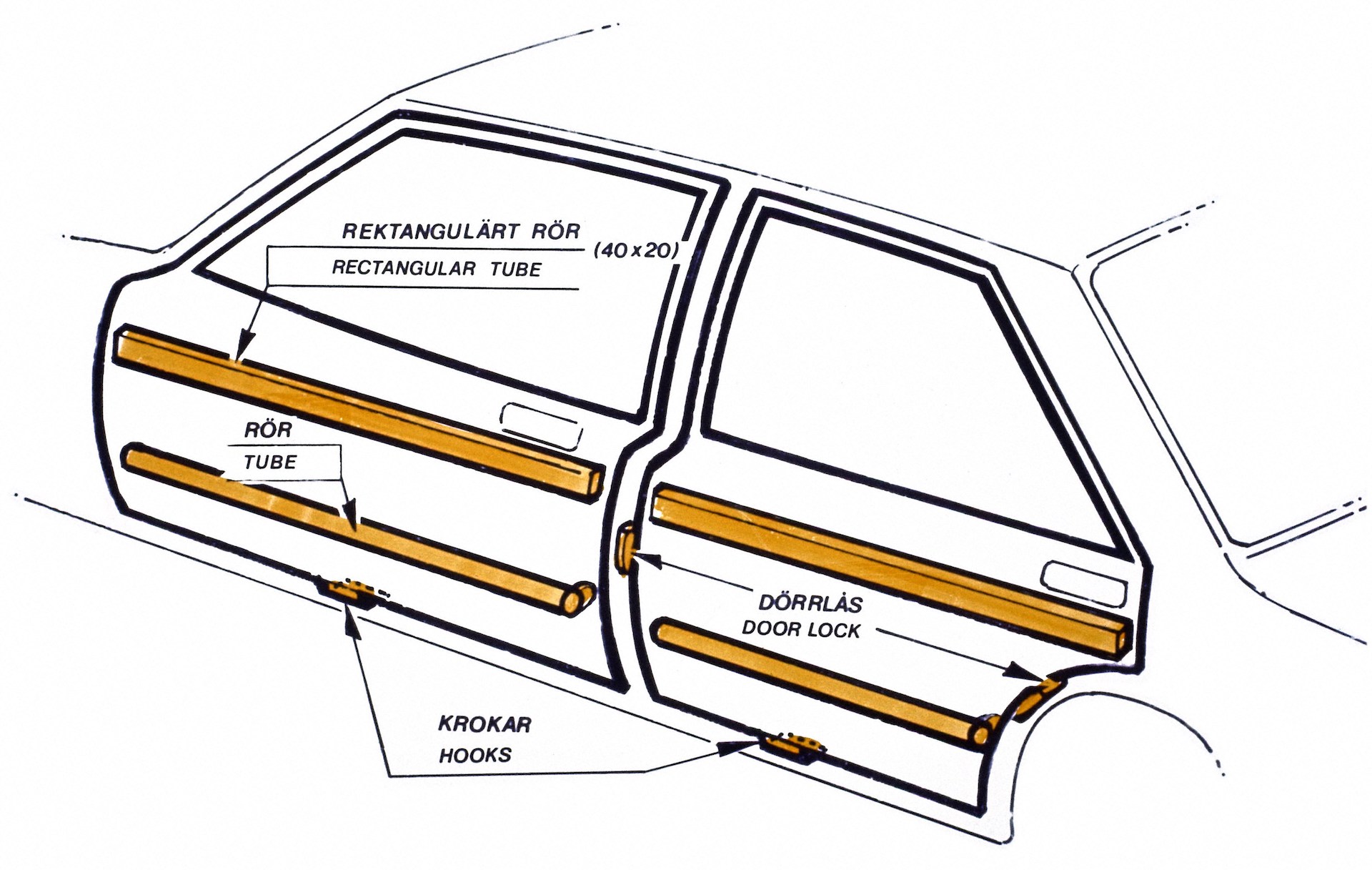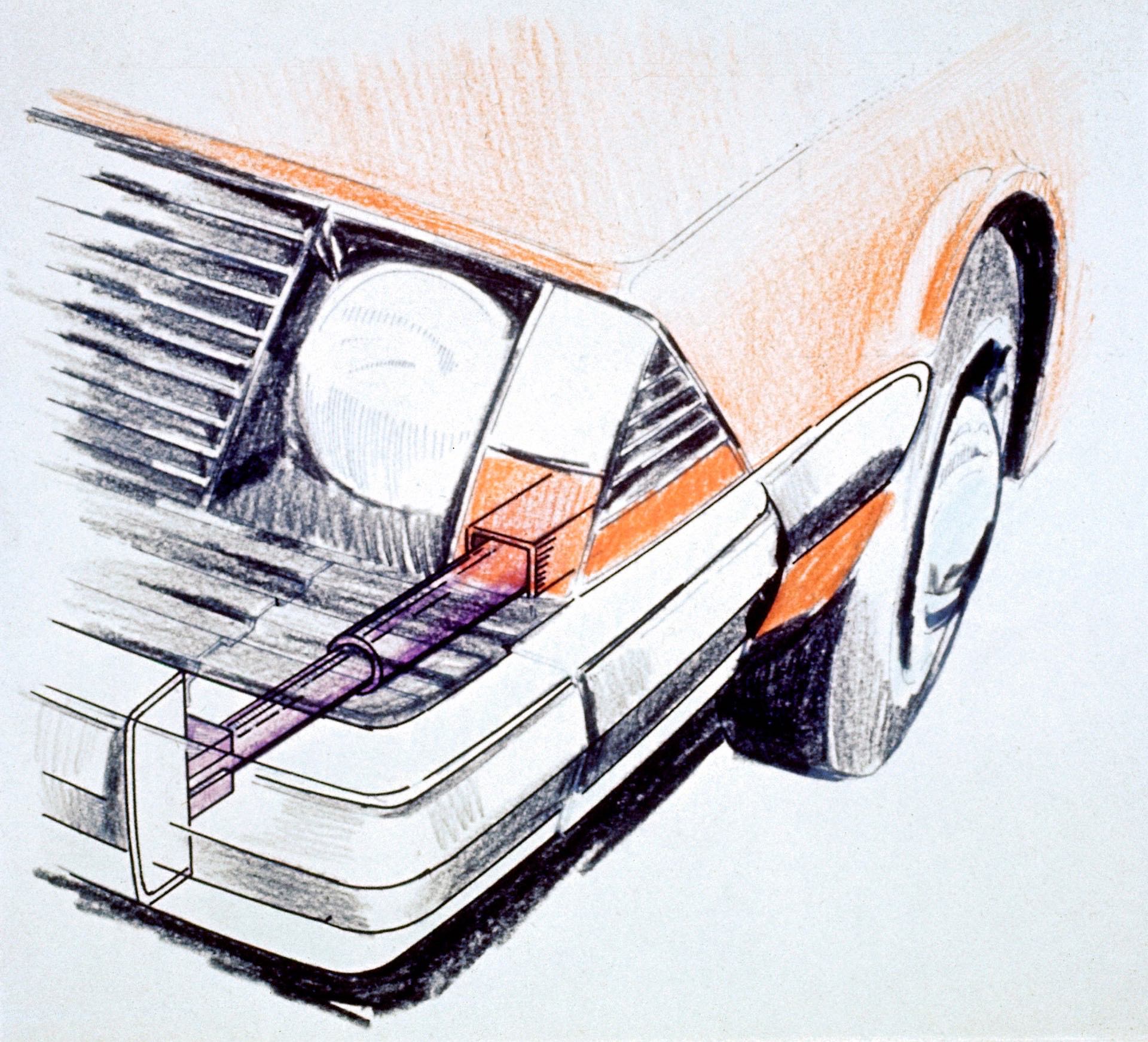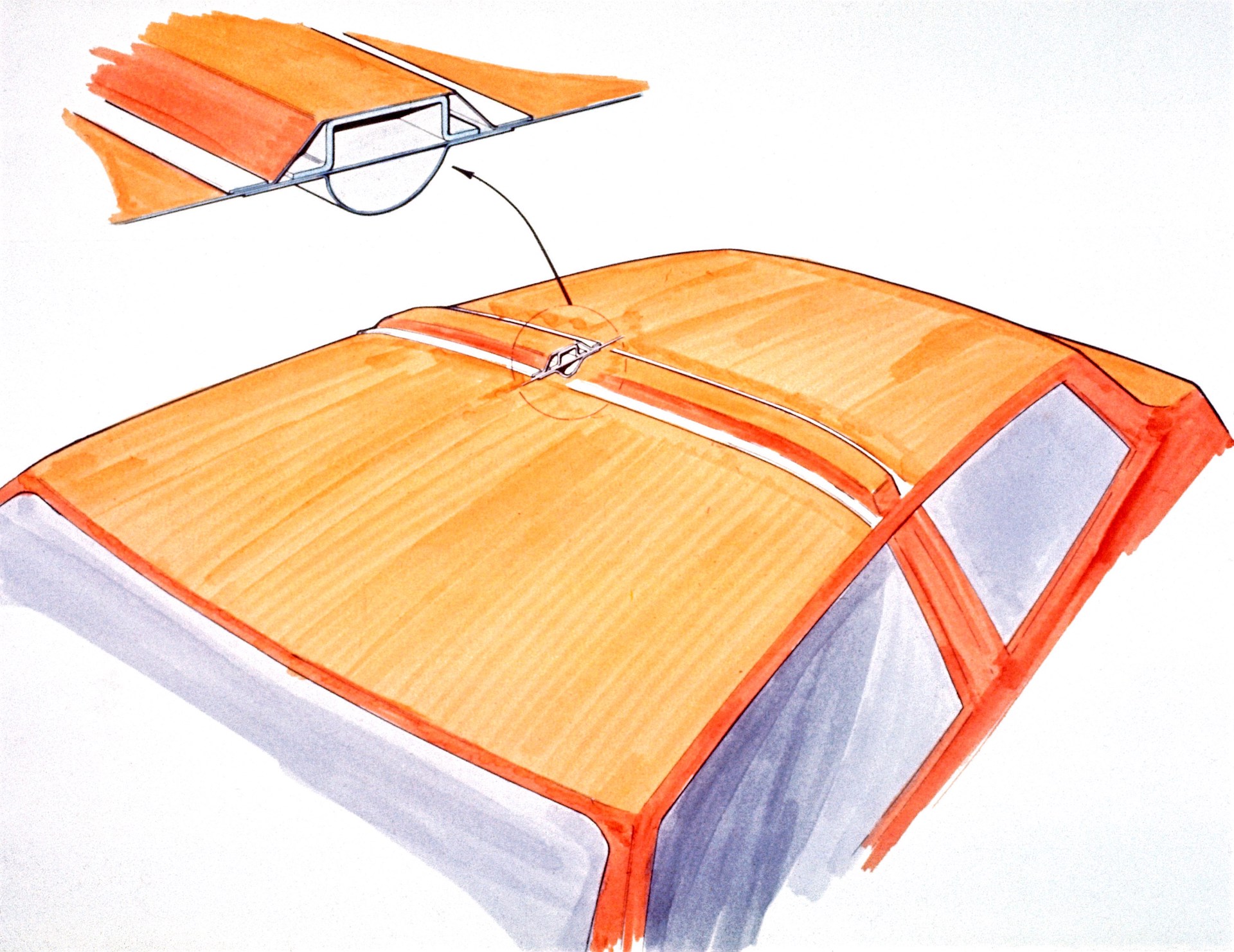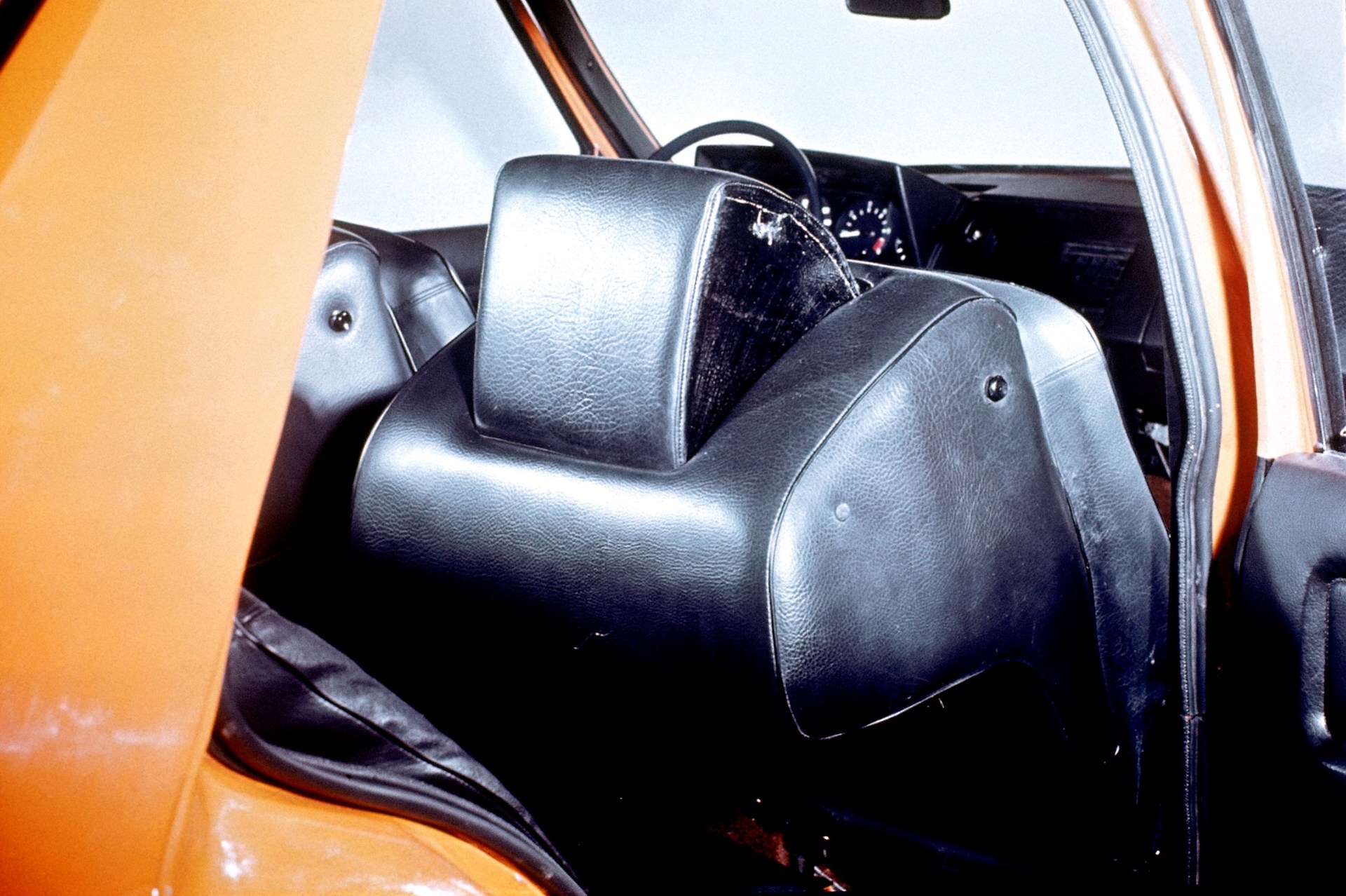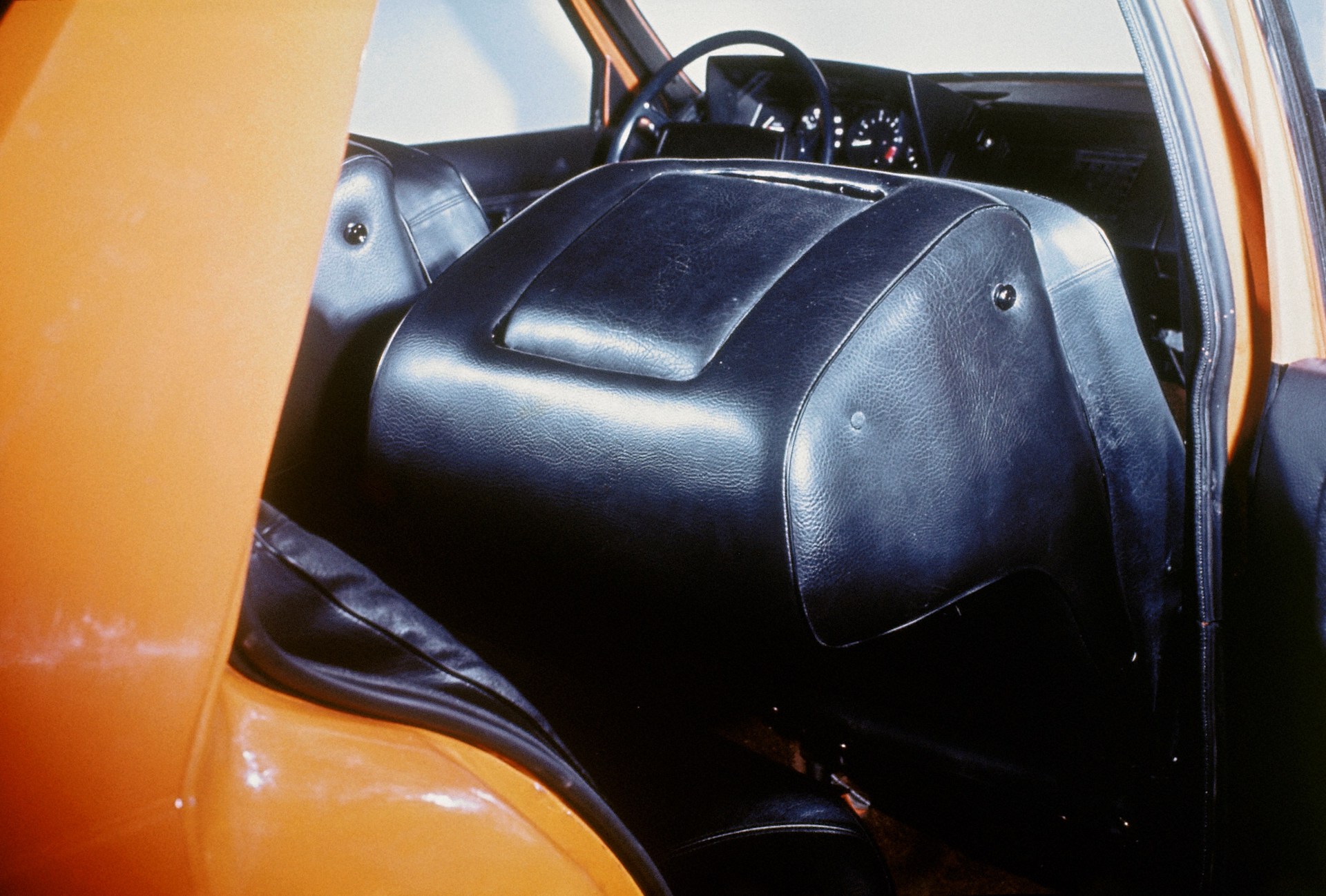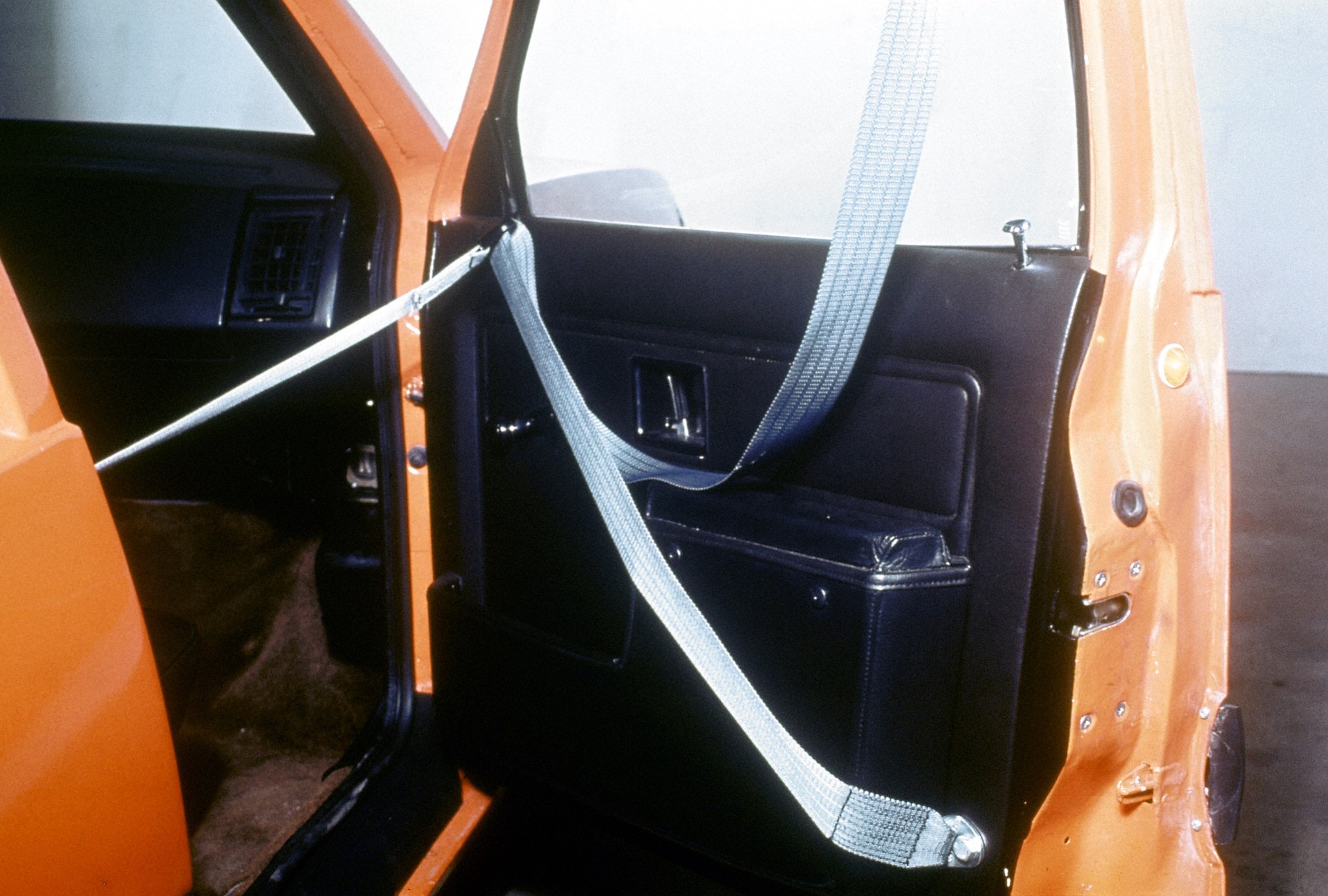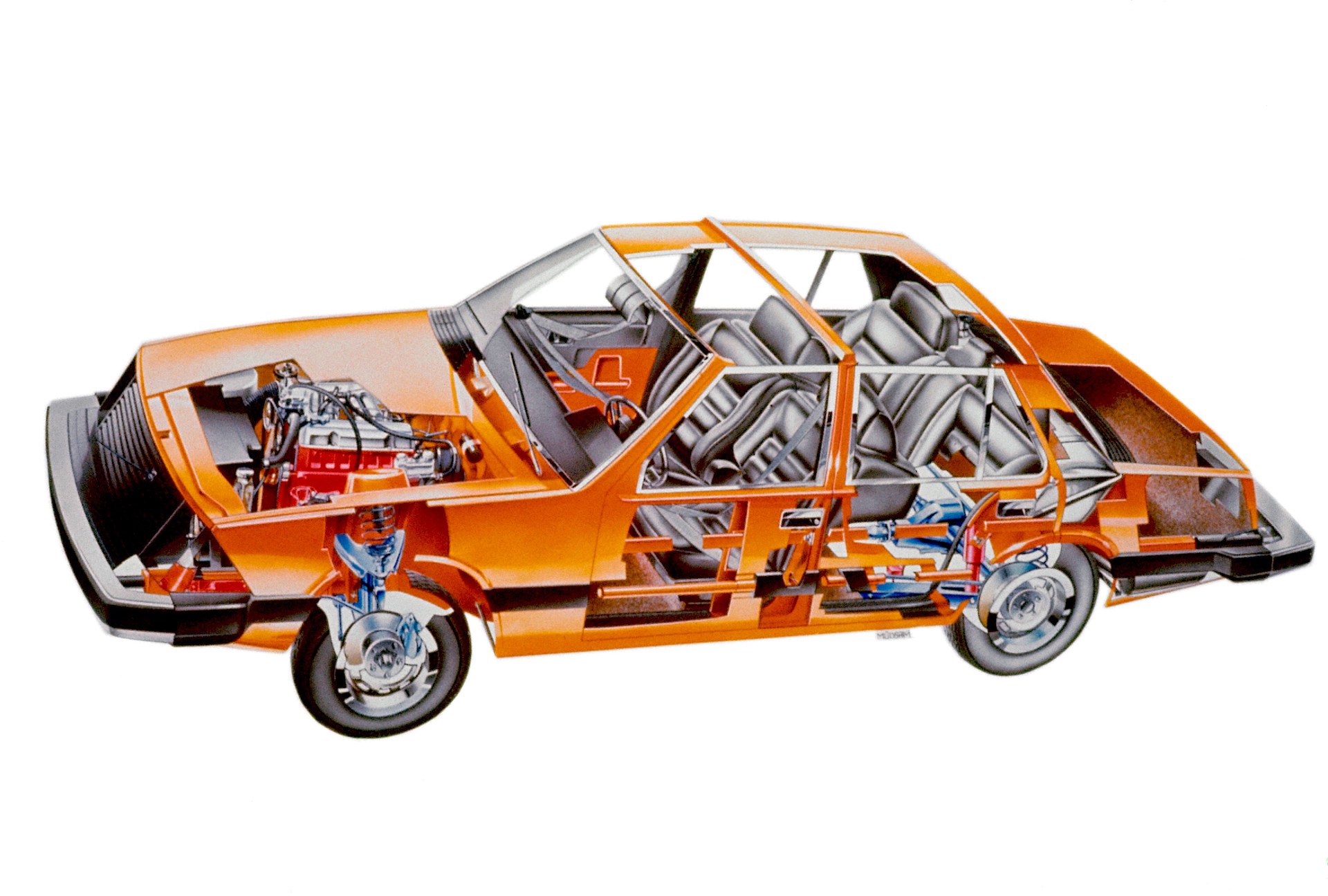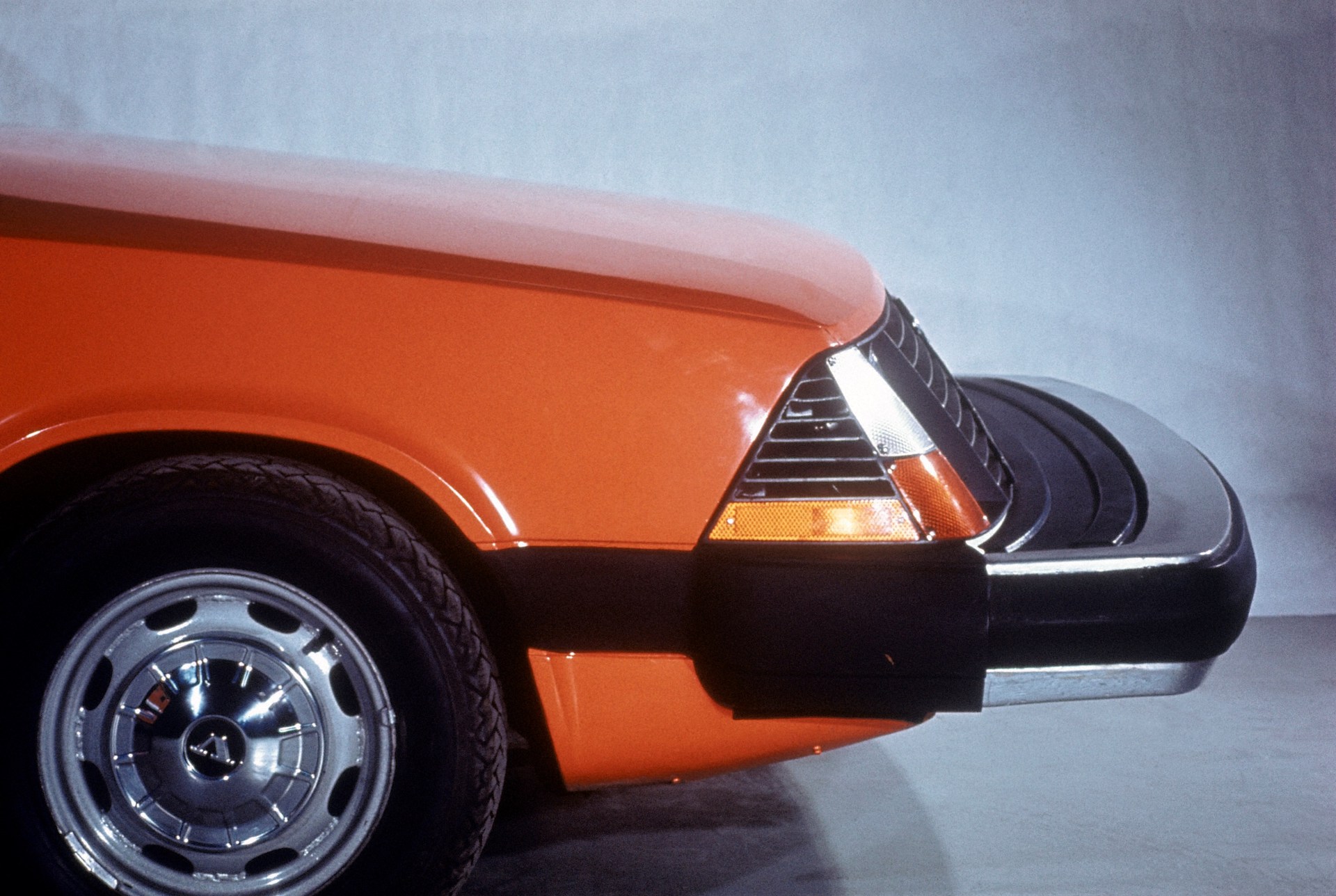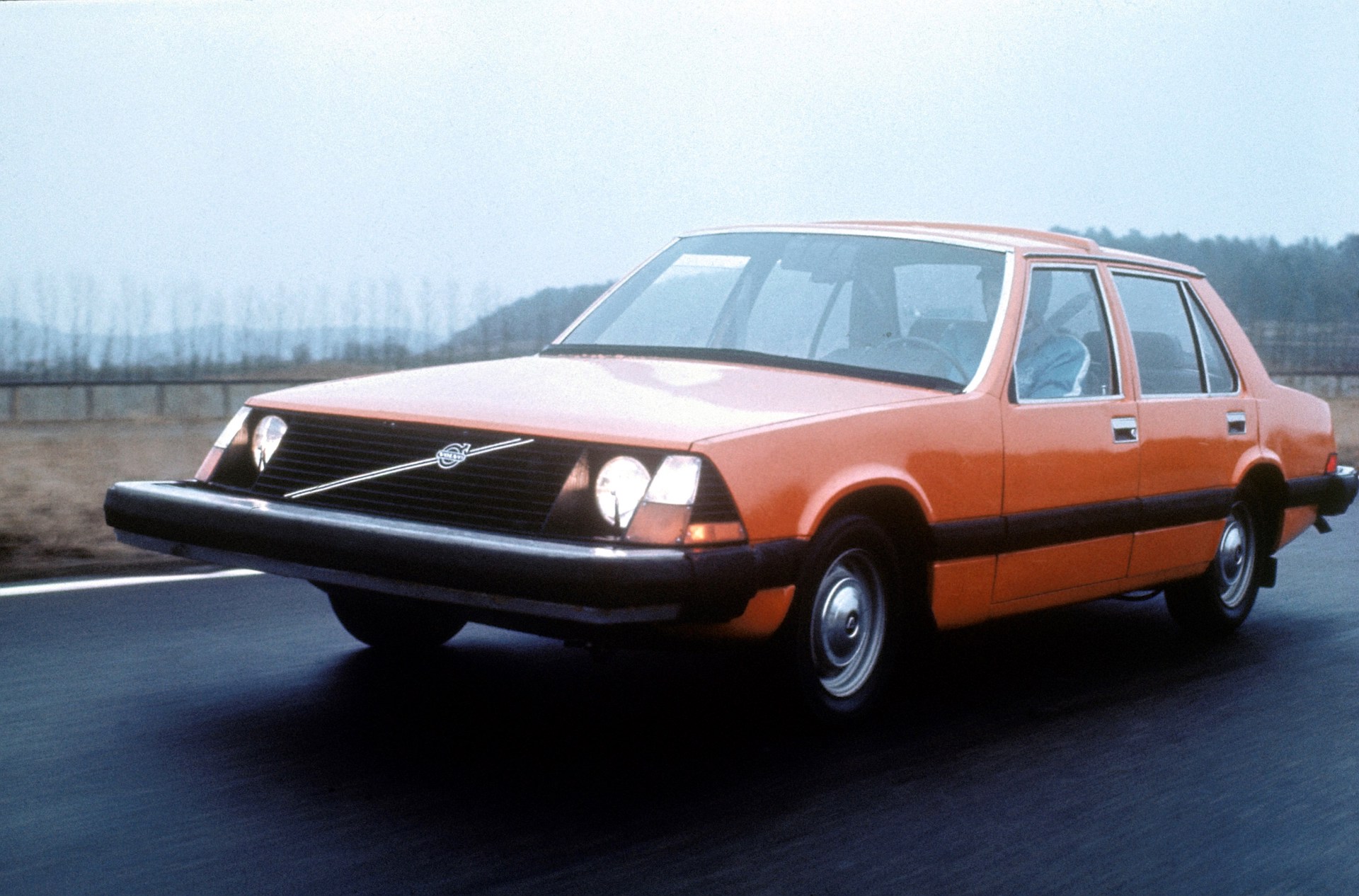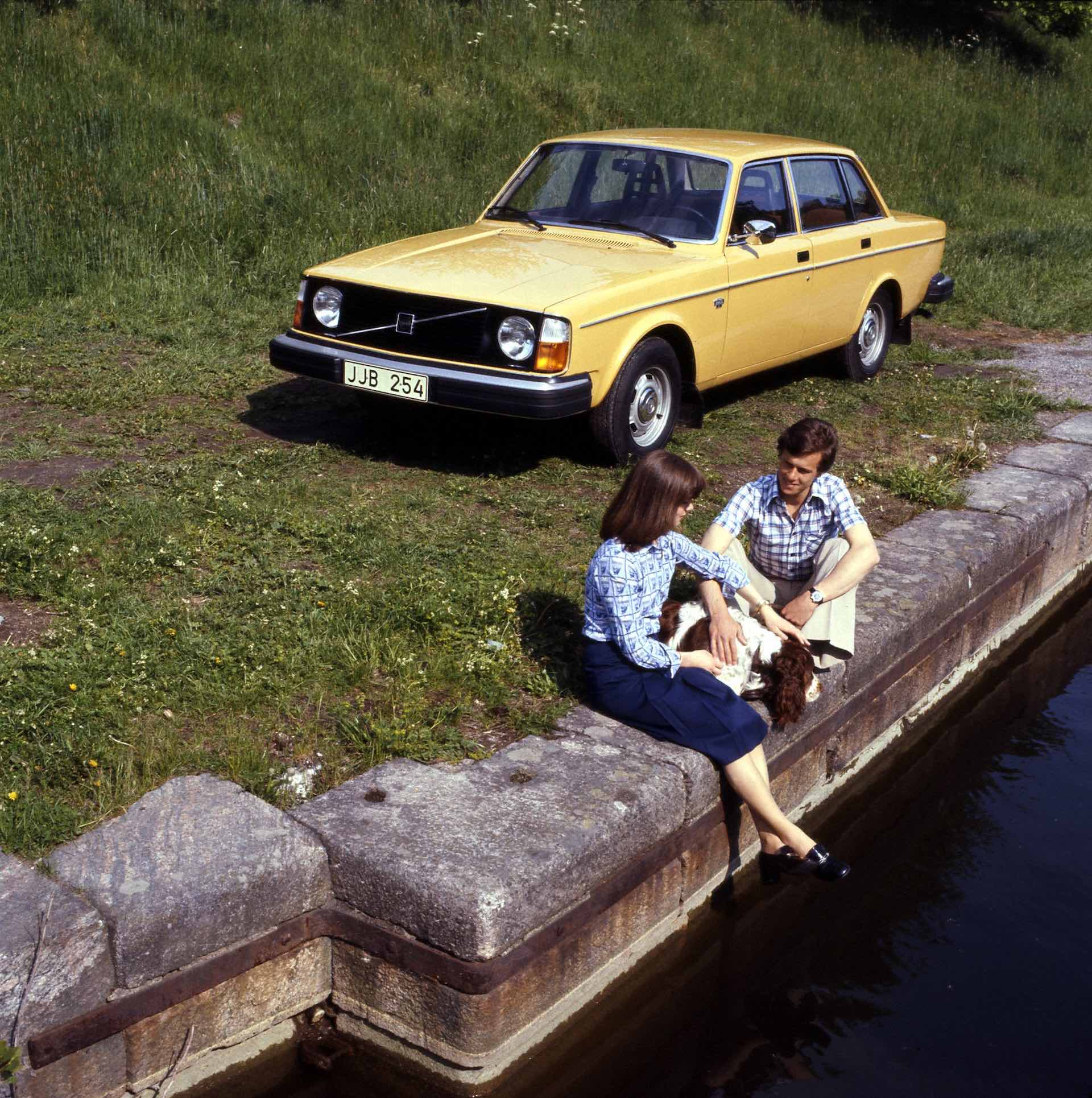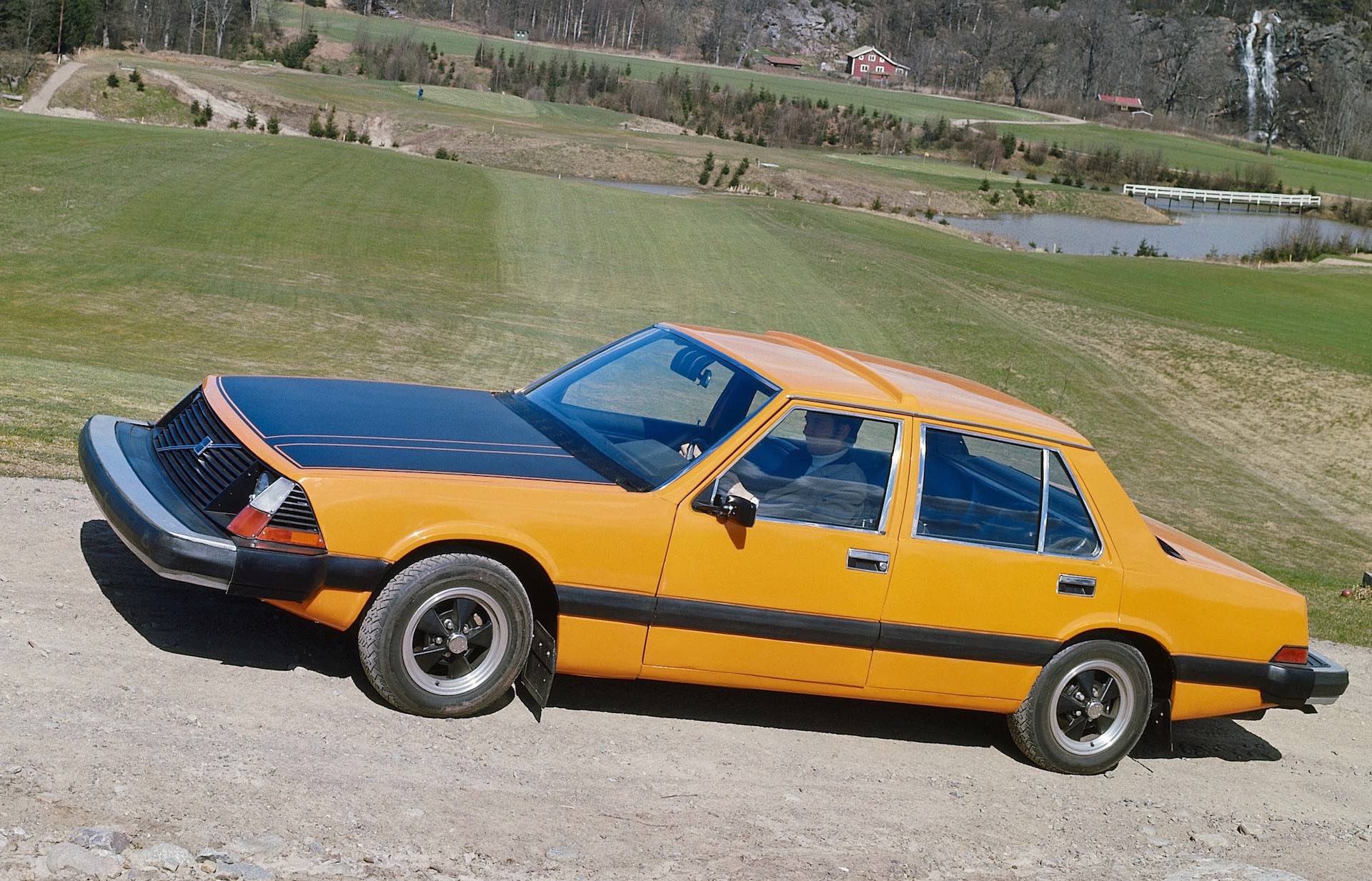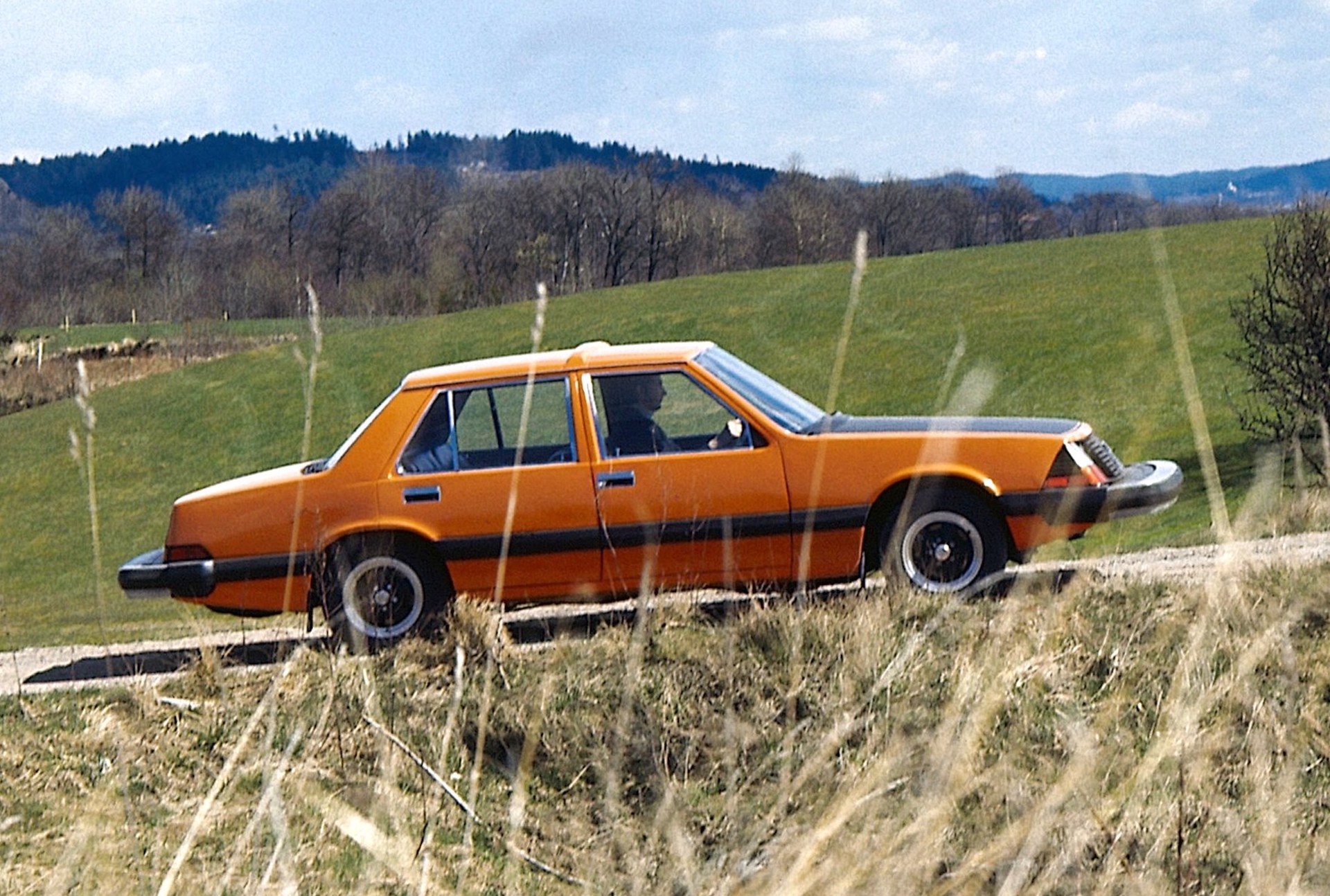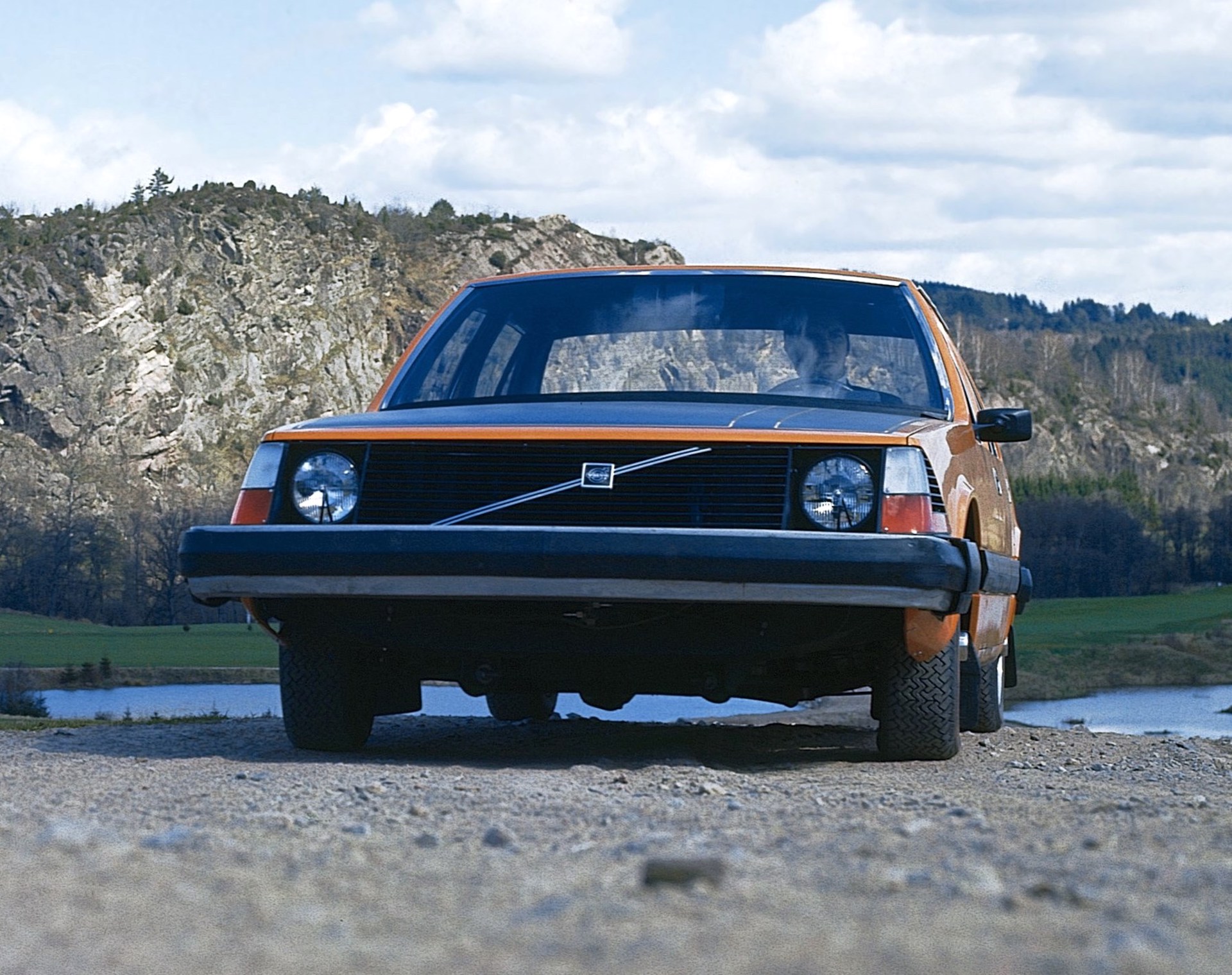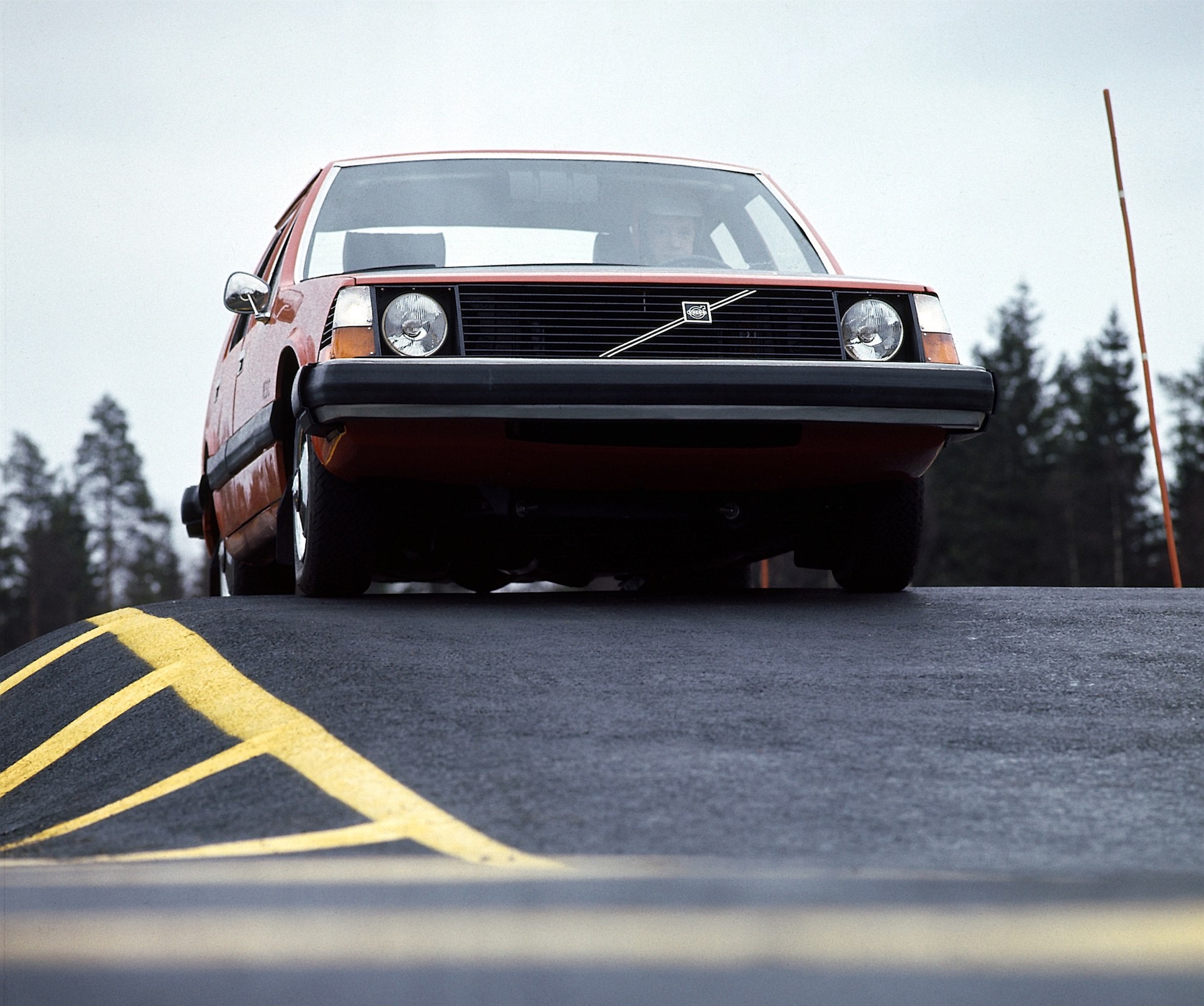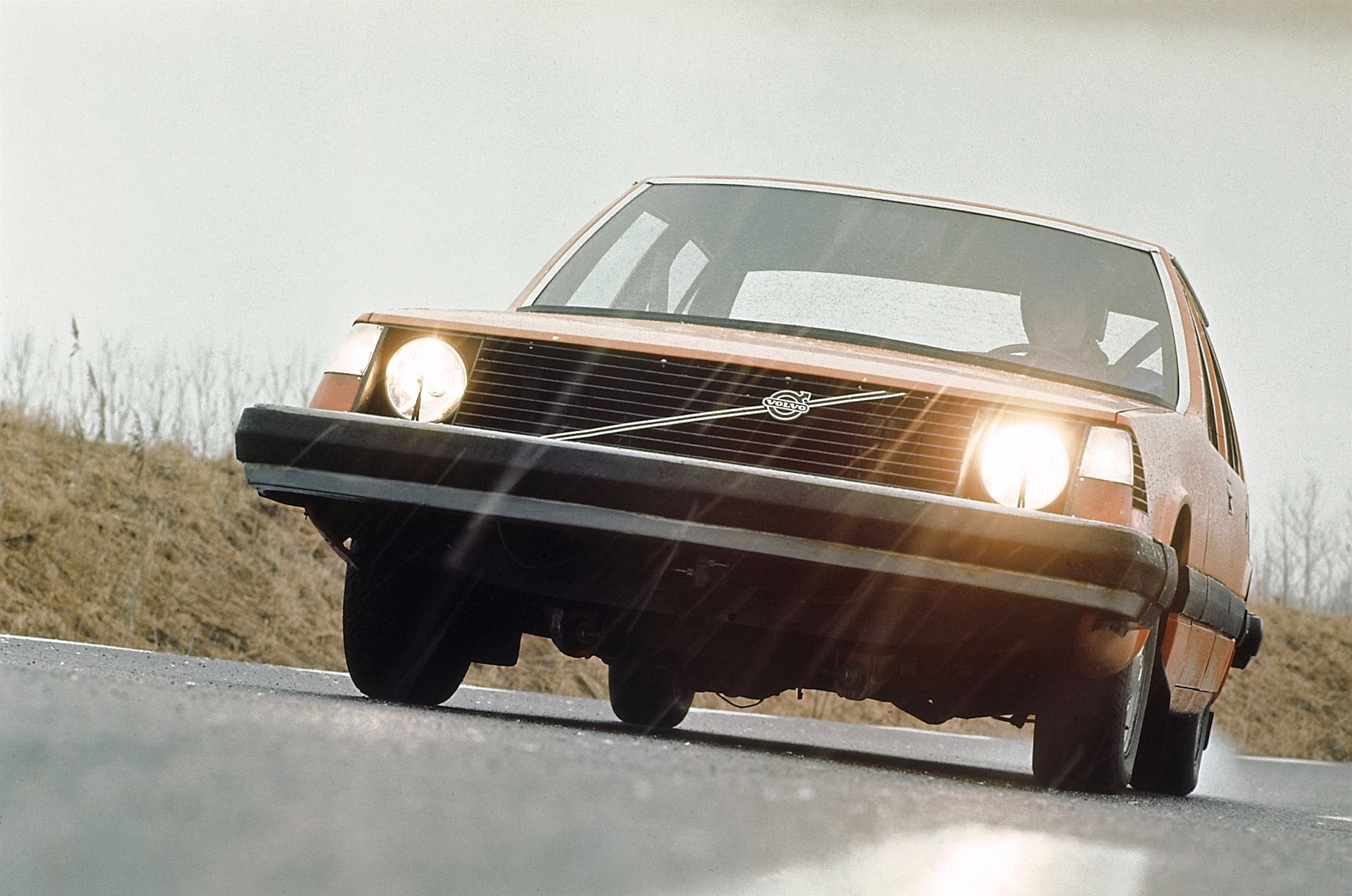We all have a ton of hopes and expectations when buying a brand new car. We hope it’ll be fun to drive and comfortable on long journeys. But, more importantly, we expect it not to break down and to keep us safe in all but the most severe accidents.
Half a century ago, when car safety was in its infancy, even the mildest accident could land you at the hospital. The 1968 Federal Motor Vehicle standards had forced carmakers to get rid of pointy toggle switches and add features like padding to dashboards, but these were just Band-Aids applied to existing cars. And while seatbelts were compulsory equipment, you weren’t obliged to wear one, and most were just two-point lap belts anyway.
Three-point belts did exist though, having been invented by Volvo back in 1959. That fact is fairly well known. Far less famous is the entire car Volvo created 14 years later to prove that cars could be intelligently designed from the ground up to put occupant safety first.
That car was the 1972 VESC (Volvo Experimental Safety Car) concept, and as Hagerty noted in a recent article, it would have a far greater and longer lasting influence on the vehicles that came after than would the far more famous Citroen GS and Ferrari Dino 246 GTS that also made their debut at the same Geneva Auto Show.
Related: Volvo Hints At Next Electric XC90 SUV With New Recharge Concept
At first glance the VESC looks much like the 1974 240 sedan Volvo was still developing at the time, but with even bigger, uglier diving-board dumpers than would soon blight almost every car sold in America due to the incoming 5 mph bumper laws.
But the VESC’s bumpers were designed to spring back from 10 mph impacts, while the body’s crumple zones could absorb the crash’s energy and metal beams in the roof and doors made sure the VESC didn’t crumple where it shouldn’t.
There were airbags front and back, pop-up head restraints, anti-lock brakes, an automatic fuel supply cut-off, headlamp washers and wipers, an acoustic backup warning system and engine mounts designed to pull the engine down and away from the occupants in the event of a crash.
Some of this technology had been seen before, but no one had ever packaged it together in one car. But it’s there, or much of it is, in the cars we drive every day. Cars whose safety systems we take for granted, and probably don’t give a second thought until they save our lives in a crash, or help us avoid it in the first place. Safe isn’t sexy, but looking at, and learning about, the VESC, shows it can actually be pretty cool.
Hat tip to Hagerty




